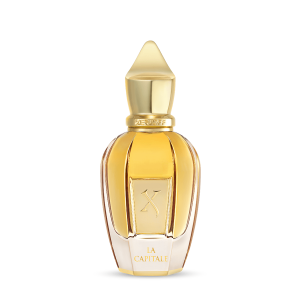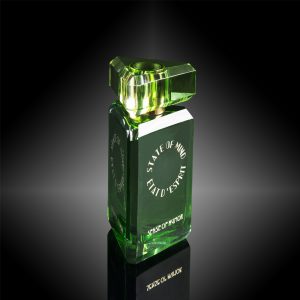Peach
Peach, Prunus persica, is a deciduous tree that belongs to the subfamily Prunoideae of the family Rosaceae. It is famous all around the globe thanks to the juicy edible fruits called peach. This plant is native to China, and it has been widely cultivated in Persia, from where it arrived to Europe. Even the species name bears a reminiscence of the ancient kingdom of Persia – Persica.
Peaches are first mentioned in ancient Chinese scriptures from the 10th century BC, where they were regarded as the most precious fruit, favored by emperors and nobles. The peach entered the Europe after the Alexander Great conquered the Persians and brought into his homeland what was then called “Persian apple.” French word for apple is “pêche,” and this is how the modern English name for peach came to life.
The people of the Americas have become acquainted with the peach in 17th century, thanks to the Spanish explorers. The plant was for long time regarded as a rare delicacy, until the commercial production of peaches begun in the 19th century. The fruit of a peach has yellowish flesh full of fresh juices and delicate aroma that is typically sweet with just a little bit of acidity. Depending on the sort, the exact aroma may vary greatly, being more or less sugary, savory or juicy. There are more than 700 varieties of peaches, and some of them are even completely flat, shaped like hockey pucks! The most popular variants are, however, round ones – especially nectarines, a cultivar group of peaches distinguished by smooth fuzzy-less peach.



